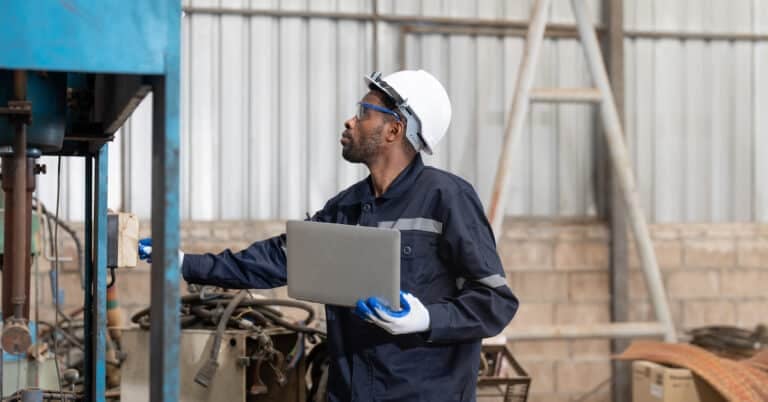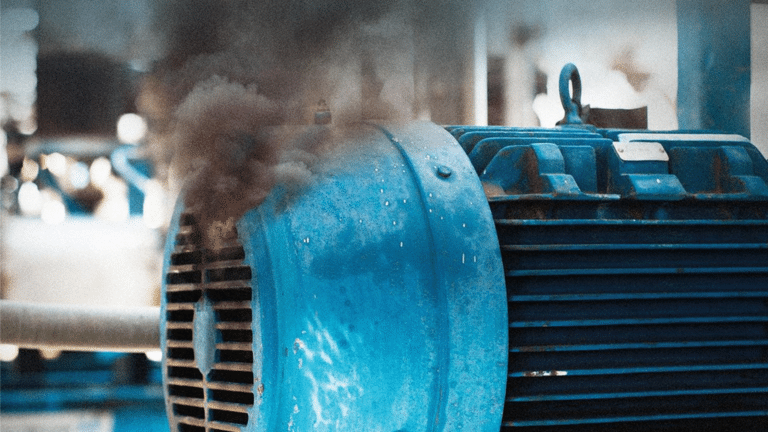Operating a business is hard enough without having to worry about the small details. However, taking the time to understand and implement proper lubrication best practices can save you time and money in the long run. In this blog post, we will go over the essential lubrication best practices so you can be confident in your ability to keep your machinery running smoothly. By following these simple guidelines, you can help avoid costly downtime and extend the life of your equipment.
Top 10 Lubrication Best Practices
Lubrication Program Assessment
A great starting point before you make any changes is to assess the things that you do well and the things you need to improve. This will give you clarity on how best to move forward and where you should begin.
Organization and Lubrication Planning
Organization and planning are critical to ensure that all lubrication work is done at the right time, using the right lubricant, the right quantity, and following the right procedures. Lubrication management software can help you better organize your lube routes and plan the lubrication tasks. It also provides ways to help technicians adhere to best practices with supporting photos, videos, and checklists for each task.
Labeling
If you don’t have a labeling system, it is easy for technicians to use the incorrect lubricant and cross-contaminate your assets. A labeling system helps to make sure that technicians add the correct lubricant to a piece of equipment. Large plants employ a variety of lubricants, which is the driving force behind this. Because lubricants have intricate chemical structures and are frequently incompatible with one another, it is essential to have a solid labeling system to prevent lubricant mixing mistakes and to support industry standards.
Cleanliness Control
Oil contamination is a main cause of component wear and equipment failure. As a result, you must do your best to operate your equipment with only clean lubricants. Lubrication best practices for cleanliness cover every aspect of a lubricant’s lifecycle, from storage to use. A few lubrication best practices for controlling cleanliness include:
- Use only properly sealed containers.
- Make sure all containers have air breathers to prevent water and contaminants from entering.
- You should filter all oil to keep it as clean as possible.
- Be sure to use contamination-free containers.
Lubricant Dispensing
You must follow lubrication best practices even for something as simple as the containers you use. Dispensing containers that are left open and unclean can introduce contaminants into the lubricants and your equipment. Additionally, the right containers support efficiency, are easier to use, and you can tailor them to your application. The importance of labeling never ends, so make sure your containers are clearly labeled to prevent errors.
Lubrication Tools for Grease
Depending on your equipment, you may find that the majority of lubrication tasks involve grease. Therefore, having effective and useful tools for grease is crucial to your lubrication best practices. Continuing with the labeling best practice from above, grease guns should be color-coded. One color for each type of grease further helps prevent cross-contamination.
Contamination Control
When sticking to lubrication best practices, you must also control the contamination of in-service oil in your equipment. You can choose from a variety of filtration options, desiccant breathers, and vacuum dehydrators to maintain your optimal cleanliness level.
Lubricant Analysis
Optimizing lubrication management requires lubricant analysis. So, even if you’re following all the other lubrication best practices, you will still want to monitor the health of your oil. You can do this with in-line oil sensors, field test kits that are available for certain tests, and laboratory analysis.
Environmental Control
A spilled lubricant may contaminate the surrounding environment. To prevent such contamination, most maintenance strategies work today to prevent it from occurring. Moreover, it is an essential component of world-class manufacturing.
Knowledge Management
Nowadays, knowledge management is a critical aspect of the industry, particularly among maintenance professionals. The benefits of lubrication best practices must be taught to maintenance workers. Moreover, as reliability-based maintenance strategies become increasingly popular, personnel training should be raised to that of best-practice organizations utilizing reliability techniques.
The Importance and Impact of Lubrication Best Practices
There is a nearly endless list of things you can implement to increase equipment reliability. However, lubrication best practices may be the most important. Equipment reliability is directly affected by lubrication. With a sound lubrication strategy, you’ll increase equipment uptime and plant efficiency. With these lubrication best practices, you will achieve reliability success.


